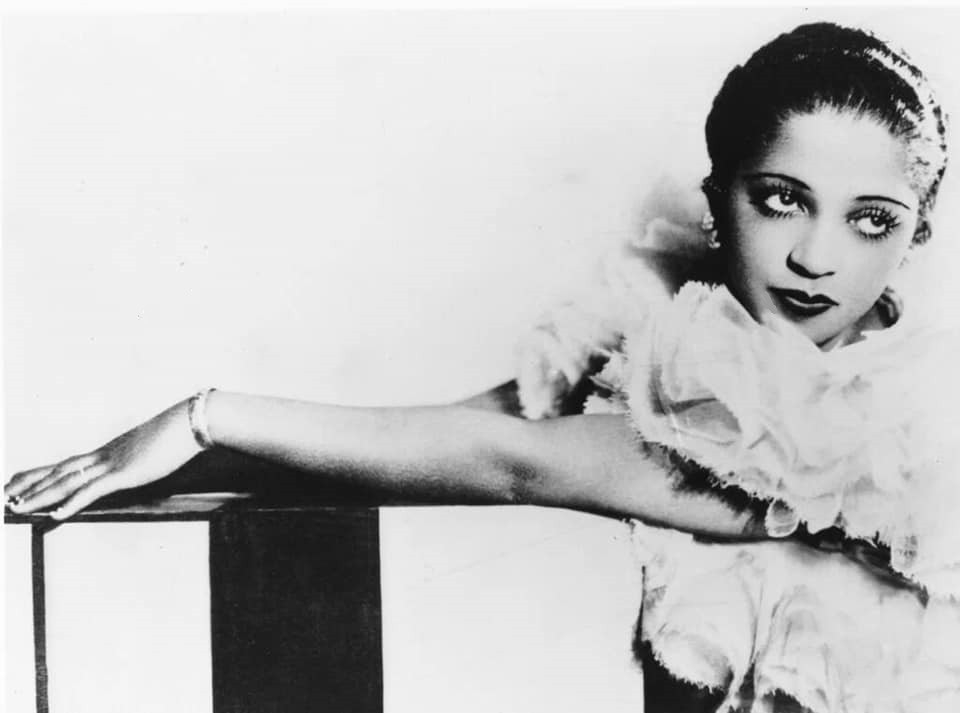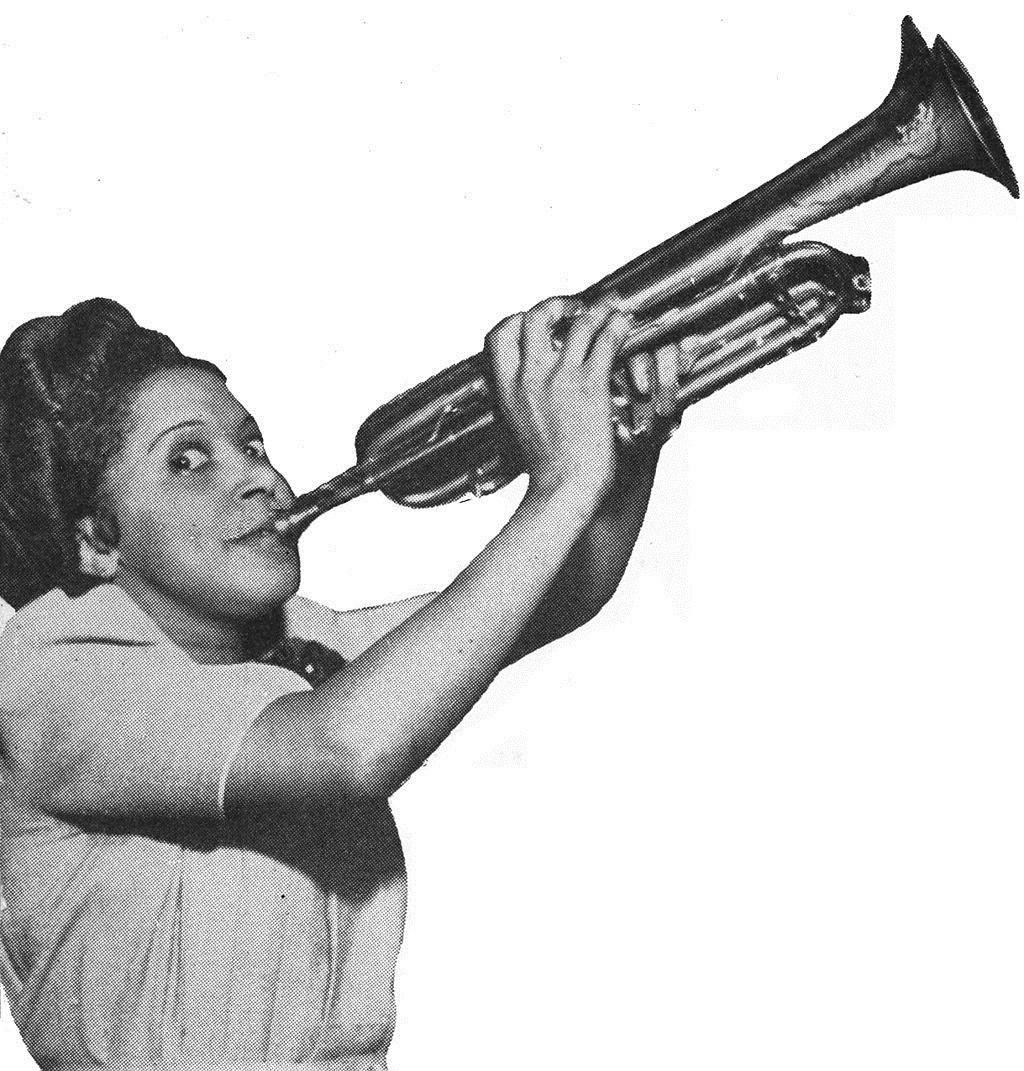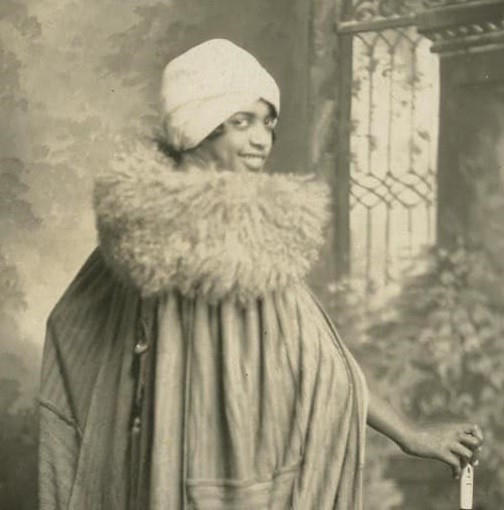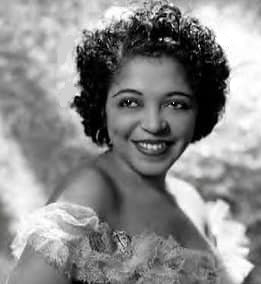Overlooked No More: Valaida Snow, Charismatic ‘Queen of the Trumpet’
She was not just a master musician, singer, and dancer; she was also a teller of tall tales whose interviews could be as much a performance as her stage act.
She was a big name in Europe and Asia as well as in black communities across the United States, often giving some of the first jazz performances on major international stages.
By Giovanni Russonello
Feb. 22, 2020
Since 1851, many remarkable black men and women did not receive obituaries in The New York Times. This month, with Overlooked, we’re adding their stories to our archives.
A singer, a dancer, an arranger, a master fabulist, a virtuoso trumpeter adept at a half-dozen other instruments, too: Back when being all these things could also mean being a pop star, Valaida Snow was a sensation.
From the age of 5, when she began stealing the show as a member of her father’s performance troupe, Snow lived her life onstage, and on the road. She became a big name in Europe and Asia, just as much as she was in black communities across the United States, often giving some of the first jazz performances on major international stages.
And she often graced the movie screen, helping to bring black music from the vaudeville stage into the audiovisual age.
African-American newspapers and the international press celebrated Snow both for her immense skill and for her novelty as a female trumpet master. She encouraged that coverage and bent it to her ends, telling tall tales and making her interviews as much a performance as her stage act.
“She pursued her life and career confidently, indomitably and even defiantly,” her biographer, Mark Miller, wrote in “High Hat, Trumpet and Rhythm: The Life and Music of Valaida Snow” (2007). “In fact and fiction both, it is a life to celebrate.”
Snow was in Denmark during an extended engagement when Nazi Germany stormed across Europe in the early years of World War II. But she refused to decamp for the United States and ended up imprisoned — though it was in a Copenhagen jail, not a German concentration camp as she later claimed.
When she was finally shuttled out of the country, she returned to the United States physically diminished. Though she worked hard to reclaim the spotlight, she died in 1956, at 52, in ill health and relative obscurity.
“The unfortunate thing about her legacy is that she wasn’t recorded as much as many of her peers,” Tammy Kernodle, a musicologist at Miami University in Ohio, said in a phone interview. “But she was a greatly respected musician on the vaudeville circuit, and even amongst male jazz musicians themselves.”
Dashing and charismatic, Snow earned the nicknames Little Louis — a reference to Louis Armstrong’s influence on her — and Queen of the Trumpet, given to her by W.C. Handy, who himself was known as the Father of the Blues. That appellation often appeared below her name on the 78-r.p.m. records she made.
Yet Snow’s stardom appeared to have an implacable ceiling. While many musicians held residencies in New York or Chicago clubs during the 1920s and ’30s, often catapulting to famous recording careers, Snow stayed on the road, possibly because club owners and promoters did not see women as viable bandleaders.
“This conversation about chronicling the evolution and the progression of jazz has always been rooted in recordings,” Dr. Kernodle said. “She spent a lot of time in Europe during a key time when jazz was being documented in recordings — she’s back and forth, and that back-and-forth doesn’t give her an opportunity to amass a catalog in the way that many of her peers did.”
Still, at the height of her success, Snow lived in sumptuous style. She rode in a convertible, often with a chauffeur; had a personal servant; and even acquired a pet monkey. And she kept her coterie coordinated. “The chauffeur, the footman, and the monkey were all to dress alike,” the cabaret singer and pianist Bobby Short recalled fondly.
Valaida Snow was born in Chattanooga, Tenn., on June 2, 1904, the eldest of four children in a musical family. (She later added an “i” to her name, possibly to clarify its pronunciation.) Her sister Lavada later claimed that their father, John, had been a Russophile, and named his first-born child after the city of Vladivostok.
Valaida’s mother, Etta, was a music teacher who had attended Howard University and taught her children to play instruments and sing. John, who went by J.V., was a minister who assembled a troupe of child performers known as the Pickaninny Troubadours, presenting them at black theaters and vaudeville stages across the South.
By the time she was 5, Valaida had become the show’s star. By adolescence, she was proficient on nearly a dozen string and wind instruments. Her bailiwick as a child was the violin, but her stage act also included singing, dancing, and even an escape-artistry act.
At 15, Snow married Samuel Lewis Lanier, a fellow entertainer, but he was physically abusive, and she soon left him. Her father had recently died and the Troubadours were no more; a period of drifting set in. It wasn’t until 1921, when she joined the popular revue “Holiday in Dixieland,” that she began to make her name on the national stage.
Snow held a long residency the next year at a Harlem cabaret run by the famed proprietor Barron Wilkins, bringing her new levels of attention. Then she set off on the road again.
In 1924, Eubie Blake and Noble Sissle cast her in “In Bamville,” the follow-up to their smash hit musical “Shuffle Along.” It traveled to New York the next year under the name “The Chocolate Dandies,” but received unsympathetic reviews and soon closed. In many of those negative reviews there were two exceptions: Snow and her co-star Josephine Baker, whose own career was just taking off.
Snow mounted a few tours of the United States with small jazz bands, but it was a three-year jaunt across Europe and Asia beginning in 1926, when she was 22, that established her as a star. She traveled to London and Paris with the producer Lew Leslie’s “Blackbirds” revue, and then joined the drummer Jack Carter’s octet on a tour of China and Southeast Asia.
“She is important in terms of helping us gain an understanding of the spread of jazz to Europe, particularly after World War I,” Dr. Kernodle said, adding that Snow helped “shift the context of jazz away from the early Dixieland style.”
Back in the United States, Snow took a prominent role in another musical, “Rhapsody in Black,” which Leslie had built largely to showcase her talents, though Ethel Waters was billed as its star. It gave rise to a long rivalry between the two. Snow directed the production’s 60-person stage band, though it was known as Pike Davis’s Continental Orchestra.
Over the latter half of the 1930s, Snow recorded roughly 40 sides in studios across Europe, including her signature song, “High Hat, Trumpet and Rhythm.” But she never made a commercial recording in the United States as a trumpeter.
In the mid-1930s, Snow met and married Ananias Berry, a 19-year-old dancer who performed with the Berry Brothers, a family troupe; the new couple developed a stage act and toured together. But their age difference drew negative publicity — especially after Samuel Lewis Lanier, Snow’s former husband, took her to court on allegations of bigamy, claiming their long-ago marriage had never been officially annulled.
It all led to tensions between Snow and Berry, and the marriage did not last.
Starting in 1940, while living in Europe, Snow found herself stuck for two years in Nazi-occupied Denmark, staying even after her manager had fled. Mr. Miller’s biography revealed that she had spent only 10 weeks in custody at two Danish prisons. Her imprisonment could have been an attempt by the authorities to protect and house her during difficult times, as Mr. Miller surmises, or it could simply have been unlawful.
Over the latter half of the 1930s, Snow recorded roughly 40 sides in studios across Europe. But she never made a commercial recording in the United States as a trumpeter.
Over the latter half of the 1930s, Snow recorded roughly 40 sides in studios across Europe. But she never made a commercial recording in the United States as a trumpeter.
Snow was able to leave Denmark in the spring of 1942 on an American ship that had come to rescue refugees. Back home — where her return was front-page news in black newspapers — she told stories of having been held at a concentration camp “for eight horrible months,” and sometimes beaten. The Amsterdam News reported that she was “the only colored woman entertainer on record to have been interned in a Nazi concentration camp.”
Whatever the truth, by the time she returned, Snow was worse for the wear. Some reports suggested that her weight was down to 76 pounds. Friends said she carried an air of sadness that would never fully go away.
She married again in 1943; her third husband, Earle Edwards, was a former performer who became her manager. The couple moved to Los Angeles, where she was seen as a mentor and inspiration to the young musicians turning Central Avenue clubs into a hotbed of modern jazz innovation.
In 1949, performing at Town Hall in New York, she received her first and only mention in The New York Times: a paragraph-long review.
Snow died of a brain hemorrhage on May 30, 1956, during an engagement at the Palace Theater in New York. “She was survived,” Mr. Miller wrote in his biography, “by her husband, Earle, her sister Lavada, her brother Arvada and her stepbrother Arthur (Artemus) Bush."
ADVERTISEMENT
BY
Looking for more information?

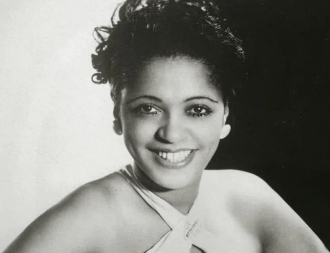
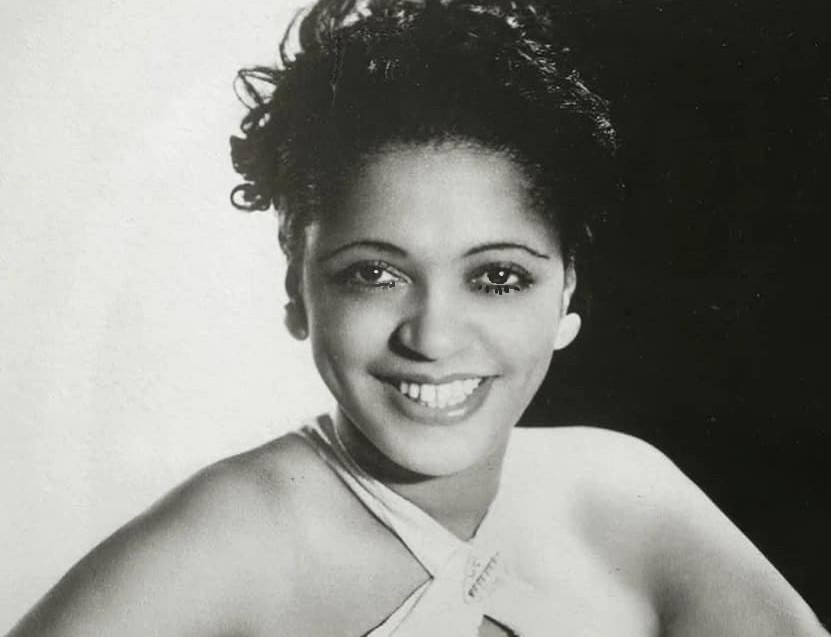
 Amanda S. Stevenson
Amanda S. Stevenson 